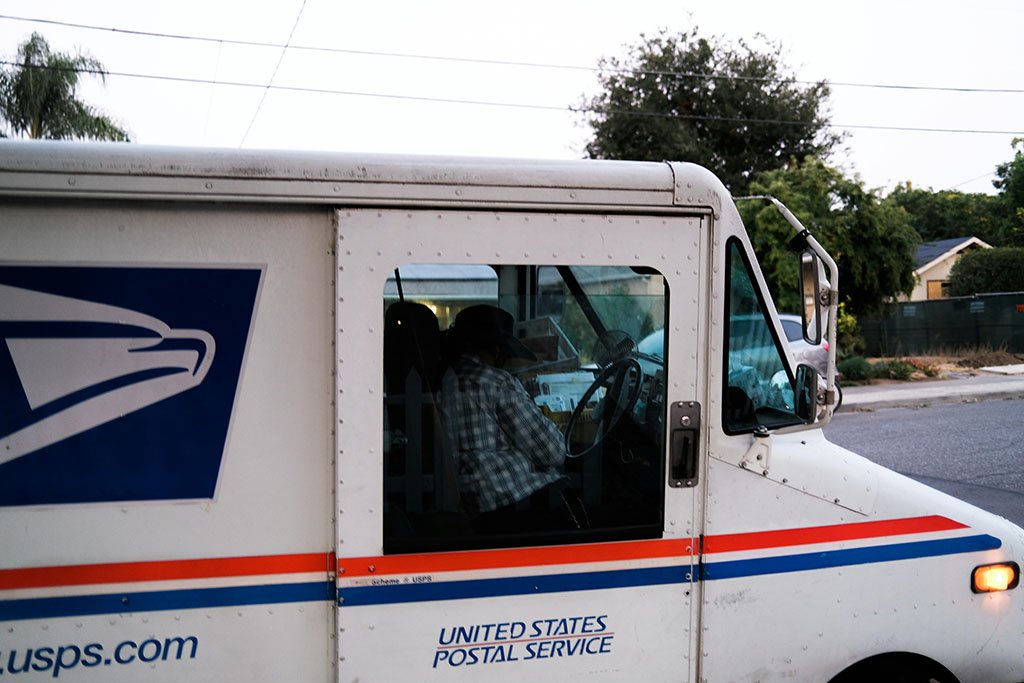In today’s digital age, direct mail might seem like an old-fashioned marketing tool. However, when executed correctly, it can yield impressive returns on investment (ROI). The key to a successful direct mail campaign lies in customization, particularly in the creation of targeted mailing lists. By zeroing in on the right audience, businesses can significantly enhance their marketing efforts and drive more meaningful results.

Why Direct Mail Still Matters
Despite the surge of online marketing strategies, direct mail remains a powerful and effective medium. It offers a tangible connection with the audience, creating a lasting impression that digital ads often fail to achieve. Additionally, direct mail is less likely to be overlooked compared to the deluge of emails and online promotions people receive daily.
Benefits of Customized Direct Mail Lists
- Higher Response Rates: Personalized messages are more likely to capture attention and elicit a response, leading to higher engagement rates.
- Improved ROI: Targeted campaigns reduce wasted resources by focusing on individuals who are more likely to convert, thereby maximizing your return on investment.
- Better Customer Relationships: Customization shows that you value your customers as individuals, strengthening their loyalty and trust in your brand.
- Enhanced Data Insights: Analyzing the performance of customized campaigns provides valuable insights into customer preferences and behaviors, informing future marketing strategies.
The Power of Customization
Customization is the cornerstone of effective direct mail campaigns. Generic, one-size-fits-all approaches rarely capture the recipient’s attention. Customizing your direct mail list to target specific demographics, preferences, and behaviors can exponentially increase engagement and conversion rates. This ensures that your marketing materials resonate with the recipients on a personal level, enhancing the likelihood of a positive response.
An essential aspect of customization is the ability to use demographic and propensity targeting. This allows marketers to focus their direct mail efforts on those most likely to be interested in their offerings, thereby increasing the chances of a successful campaign.
Steps to Create Customized Direct Mail Lists
Creating an effective customized direct mail list involves several key steps:
- Data Collection: Gather data from various sources, including purchase history, customer surveys, and online interactions.
- Data Analysis: Analyze the collected data to identify patterns and trends that can inform your segmentation strategy.
- Segmentation: Divide your audience into distinct segments based on shared characteristics and behaviors.
- Personalization: Craft personalized messages that speak directly to the needs and interests of each segment.
- Testing and Optimization: Continuously test and refine your campaigns based on performance metrics to ensure maximum effectiveness.
Understanding Your Audience
To create a customized direct mail list, you need a deep understanding of your target audience. This involves analyzing data to identify key characteristics such as age, gender, income level, location, and buying behavior. By segmenting your audience based on these factors, you can tailor your messages to address their specific needs and interests. This not only boosts the relevance of your campaign but also fosters a stronger connection with your recipients.
Case Studies: Success Stories
Numerous companies have reaped the benefits of customized direct mail lists. For instance, a leading retail brand saw a 25% increase in response rates after implementing personalized direct mail campaigns. By targeting customers based on their purchase history and preferences, they were able to create highly relevant promotional offers that drove significant sales growth. Similarly, a real estate company achieved a 30% boost in leads by utilizing customized direct mail lists to reach potential buyers based on their location and property preferences.
Building Trust through Transparency
Transparency is a critical component in establishing trust with your audience. When customers understand how and why you are using their data to personalize mail, they are more likely to respond positively. Clearly communicating the benefits they will receive, be it special offers or relevant information, assures them of the value of your outreach. This openness can lead to higher trust, more engagement, and ultimately, better results for your campaigns.
Tools and Technologies for Customization
The modern landscape of direct mail marketing offers various tools and technologies that can assist in crafting customized lists and messages. Customer Relationship Management (CRM) systems, data analytics tools, and automation platforms enable marketers to collect, analyze, and act upon valuable customer data efficiently. Leveraging these technologies not only streamlines the process but also enhances the precision and impact of direct mail campaigns.
Sustainability in Direct Mail
In addition to focusing on customization, it’s equally important to consider the sustainability aspects of your direct mail campaigns. Using environmentally friendly materials and practices can resonate well with your audience, who may value sustainability efforts. Recycled paper, eco-friendly inks, and responsible sourcing practices can boost your brand image and appeal to eco-conscious consumers. Balancing effective marketing strategies with responsible practices is a win-win for both your business and the environment.
Conclusion
In conclusion, customized direct mail lists are a powerful tool for maximizing ROI in your marketing campaigns. By understanding and targeting your audience with personalized messages, you can significantly enhance engagement, improve customer relationships, and achieve higher conversion rates. While direct mail may seem like a traditional approach, its effectiveness in the modern marketing landscape cannot be underestimated. So, take the time to build and refine your customized direct mail lists, and watch your ROI soar.

